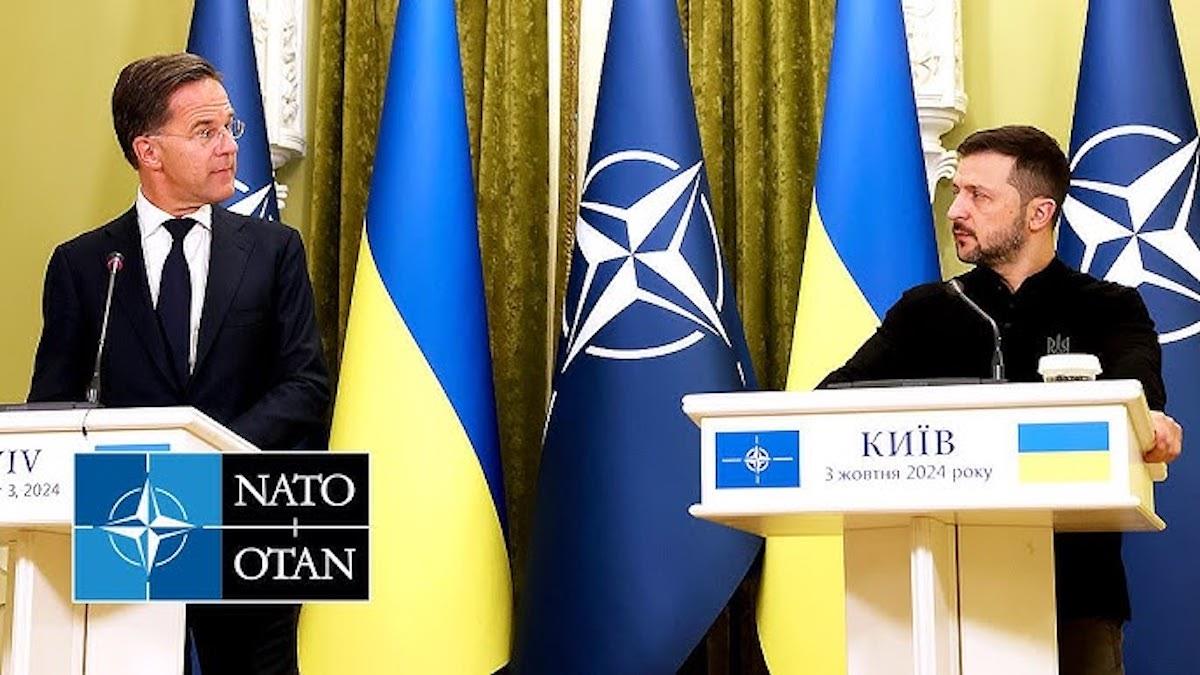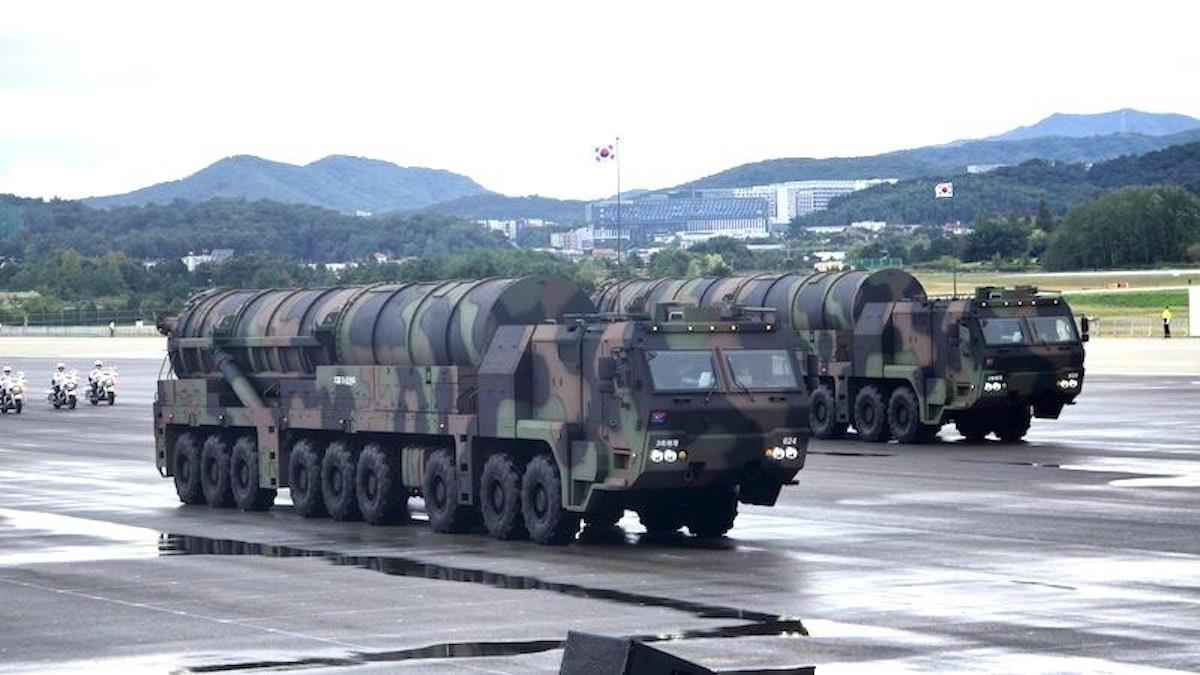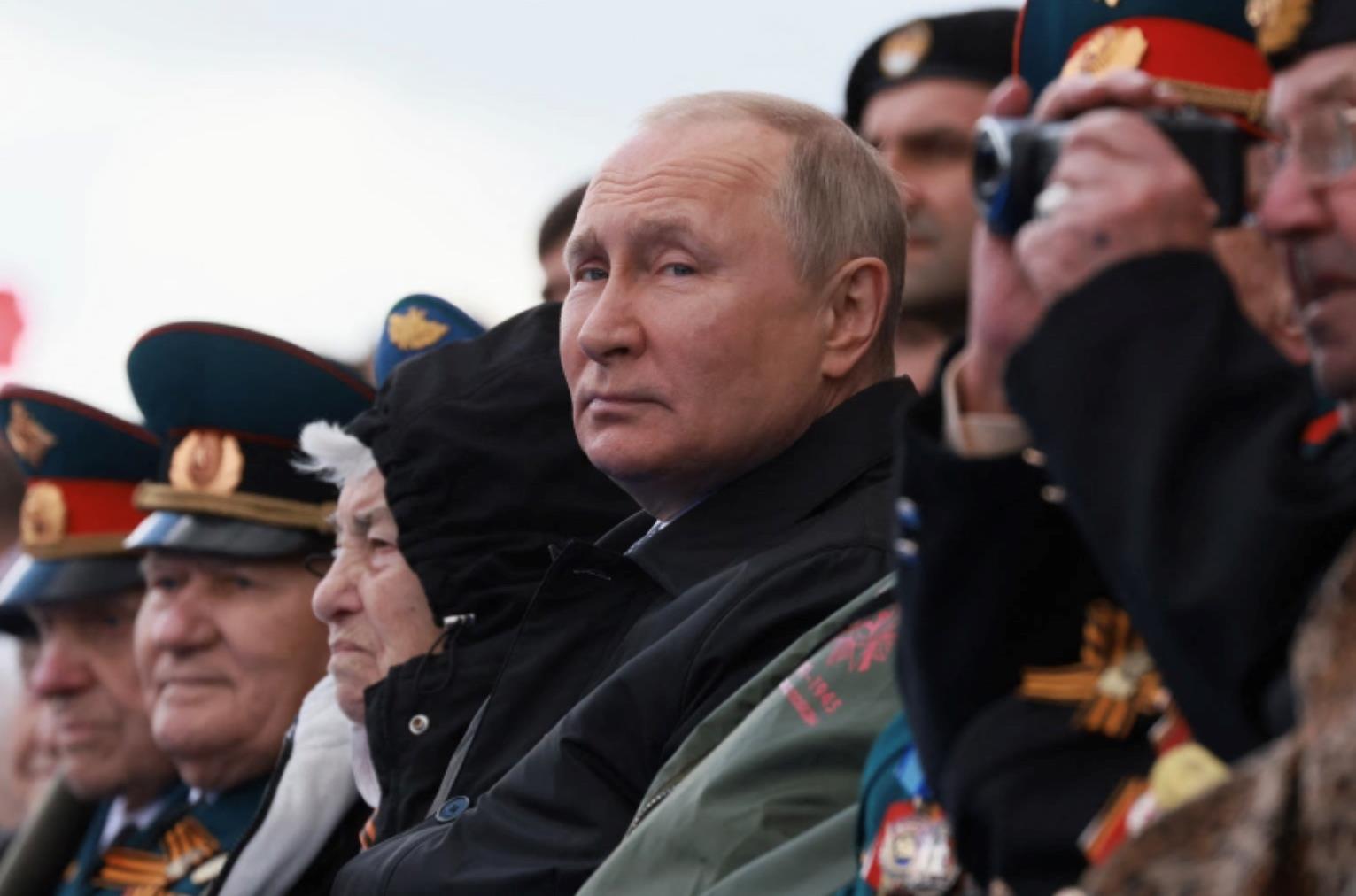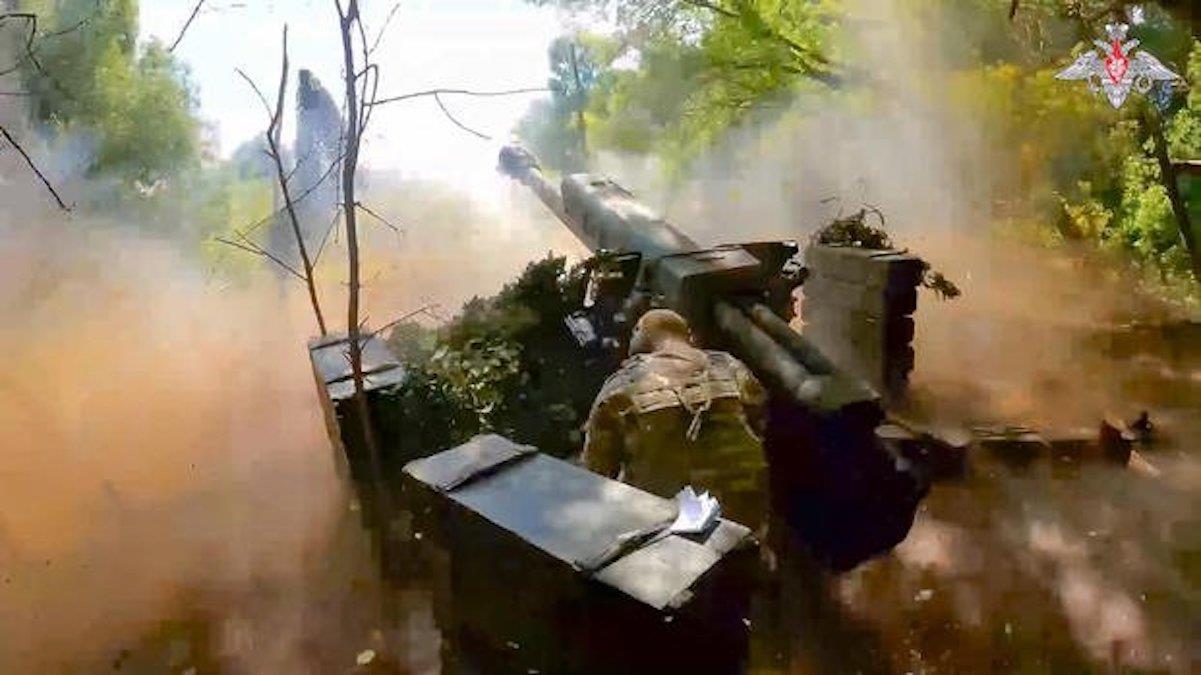
Not Your Grandfather's NATO
Today, NATO is a huge multinational alliance of 32 countries, far larger and covering vastly more territory than the original grouping of 12 countries. In raw numbers, it has a potential military force of 3.5 million people and covers 25.07 million square kilometers (15.58 million square miles) of territory.
While that would seem to be massive, for a variety of reasons NATO's power and capability depend on the United States. This was true from the start, and it remains so today. Initially an American-led anti-Communist defensive alliance, NATO has morphed into a US-led power bloc that is aggressively expanding.
Despite declarations in the NATO Treaty, the alliance no longer coordinates with the United Nations (at least on a consistent basis).
Despite efforts to reinforce its presence in Poland, Romania and Estonia, the alliance faces significant problems:
- a critical shortage of armaments,
untested and undermanned armed forces and
a US presence that is still mostly expeditionary.
Although NATO has expanded and continues to feed arms into Ukraine, the prospect for Ukraine surviving Russian attacks seems poor.
Meanwhile, Russia has learned a great deal about how to deal with NATO weapons using its air defenses and electronic jamming capabilities. The cupboards in the United States are noticeably empty as a result of the conflict, and there is no reason to think that, aside from air power, NATO could do any better in Ukraine than the Ukrainians.
NATO is still strident when it comes to Ukraine and its posture toward Russia. Some non-factors such as the European Union are even worse rhetorically. But the new NATO is facing a dire situation in Ukraine and the risk of a wider European war. Will NATO cross the Rubicon of conflict, or seek some accommodation with its sworn enemy, Russia?
The threatIt is no small matter that the alliance is no longer focused on communism as a threat but, rather, on Russia as a threat to Europe (and, by extension, to the United States). The American commitment to Europe puts Washington in a difficult logistical and military position to deal with the far more potent threat of China.
But it seems that US policymakers prefer to deal with the Russian threat – perhaps because that assures US dominance in European affairs and favors American interests.
If Russia were an actual threat, and if the Europeans were really committed to their own defense, then Europe could easily assemble a military force comparable to, if not bigger than, anything Russia could muster.
Europe has a population of more than 700 million. By comparison, Russia has a much smaller population (144.2 million), a much smaller economy and an army of around 470,000 soldiers. (The US Army numbers around 452,000 active-duty personnel).
The original threat The NATO Treaty was adopted in Washington in 1949. Europe was under siege from surging domestic communism, the Russians had mostly completed their work of taking over eastern Europe and putting Communist governments in place and the Berlin Airlift was still underway.- decoding="async" src="#,c_limit,f_auto,q_auto:good,fl_progressive:steep/https%3A%2F%2Fsubstack-post-media.s3.amazonaws.com%2Fpublic%2Fimages%2F7c3e3610-6c4b-4a94-954d-e800ac722cf5_612x486.jpeg" alt=""/>US President Harry S Truman signs the NATO Treaty.
Four months after the Treaty was signed the Soviet Union exploded its first atomic bomb (dubbed Joe-1 after Joseph Stalin), ending the US atomic monopoly.
The original members did not include Germany, Turkey, Greece or Spain. Greece and Turkey would join in 1952; Spain only in 1982, well after dictator (Caudillo) Francisco Franco's death in 1975.
Germany was divided and occupied. The Federal Republic of Germany (FRG) under allied occupation (US, UK, and France) was declared in May 1949, but it remained an occupied area until 1955. In May of that year, the FRG joined NATO. In response, Russian-occupied East Germany became a state on October 7, 1949.
It would join the Warsaw Pact, or Warsaw Treaty Organization, Russia's answer to NATO founded on May 14, 1955. NATO and the Warsaw Pact defined the Cold War until the collapse of the USSR in 1991.
NATO was part of a strong program launched by the United States to
- rebuild Europe after World War II,
end the domestic Communist threat in some European countries (Greece, Italy),
protect the allied part of Berlin (a divided city) and
create strong defenses against any Soviet military threat to Europe.
As a result, the US established a permanent military presence in Europe including important bases in Germany, the UK and Italy.

Legal Disclaimer:
MENAFN provides the
information “as is” without warranty of any kind. We do not accept
any responsibility or liability for the accuracy, content, images,
videos, licenses, completeness, legality, or reliability of the information
contained in this article. If you have any complaints or copyright
issues related to this article, kindly contact the provider above.























Comments
No comment